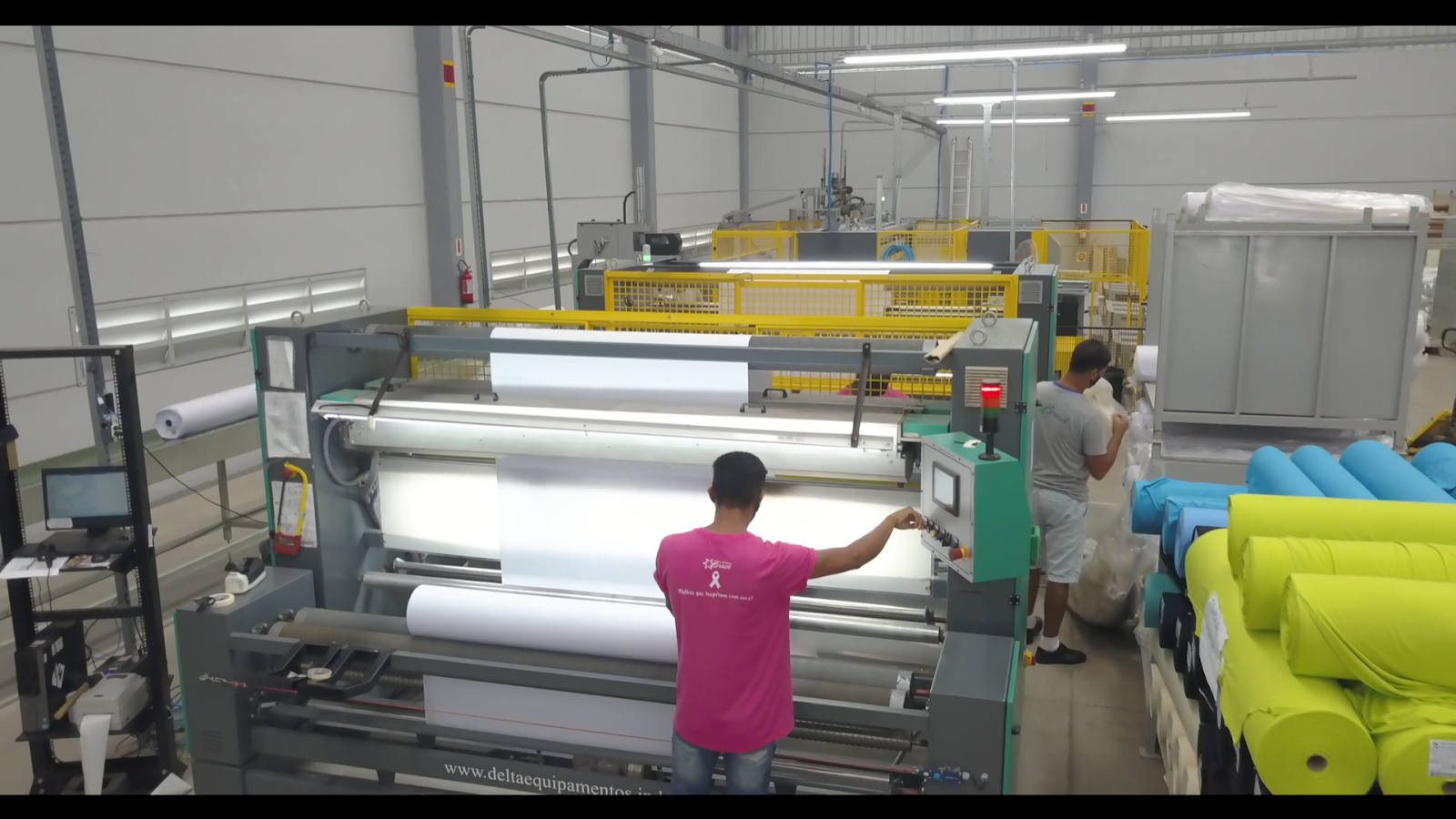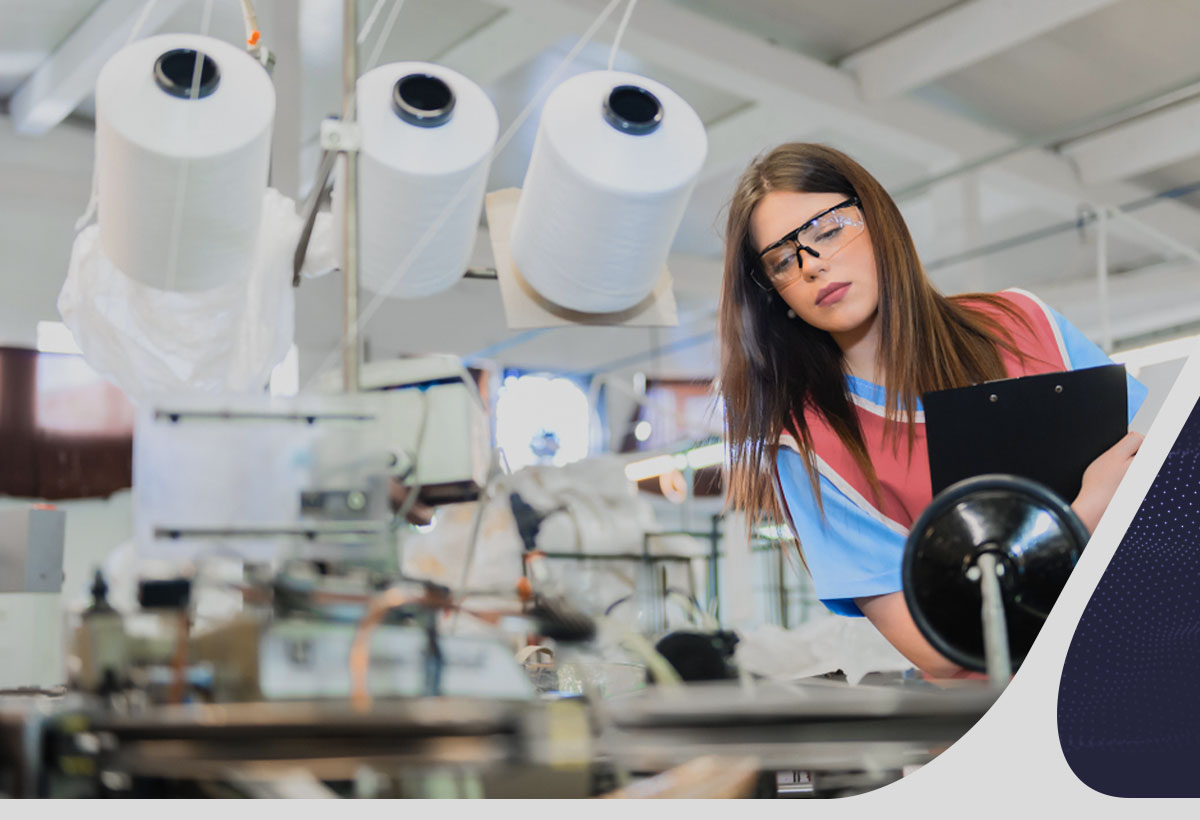Lean Manufacturing in the textile industry focuses on ensuring lean and productive production. In an increasingly competitive scenario, investing in strategies and methodologies that contribute to the health of the business is essential to remain active in the market.
Therefore, below we have gathered everything you need about this production model and good practices for applying it in your industry. Check it out!
After all, what is Lean Manufacturing?
Lean Manufacturing (LM) is a lean production methodology developed by Toyota. This method is a direct result of the impacts caused by the Second World War in several factories in Europe and Japan. With the economy destroyed, it was necessary to seek solutions that would overcome this scenario and collaborate with development.
Therefore, this production model aims to eliminate waste and unnecessary elements. After all, the methodology also aims to reduce costs. The context of the time required a solution that focused only on what was essential for production. Eliminating any type of excess was essential for the health of the business.
However, the process of adapting to LM requires attention and patience. The change needs to start in the organizational culture so that the concept becomes part of the business philosophy. Thus, the reduction of what is not necessary will be a consequence of all adoption.
According to a study on the implementation of improvements in the textile sector, using Lean Manufacturing, there are 5 basic principles in the methodology. They are:
- Value: here the customer defines the value of the company;
- Value Stream: refers to the identification of processes that generate and do not generate value (both essential and those that need to be eliminated). The objective is to recognize what is important for maintaining processes and quality;
- Flow: concerns the fluidity and rhythm of the remaining activities;
- Pull production: is the connection of processes through a pull system;
- Perfection: related to the continuous search for improvement with the aim of guiding all the company’s efforts.
Therefore, the use of just one or more tools will not be enough to guarantee that the implementation of lean production will bring good results. This is because the set of these actions is what contributes to the complete identification of waste.
Advantages of the concept applied to the textile industry
Lean Manufacturing in the textile industry has an even greater potential to ensure competitiveness in the market, considering that there are more than 24.6 thousand formal production units in the sector across the country, according to Abit.
Therefore, the great competition in the market requires the textile industry to use resources that contribute to improving productivity.
The article that addresses the application of the tool in the textile sector, points out that some benefits have already been proven in certain industries. The main one being the reduction of waste and, consequently, the increase in profit generation.
“For example, Cirino et al. (2013) carried out a study in a Brazilian textile company and based on interviews and systemic observations, they found that the adoption of LM practices provided some advantages to the organization, such as reducing waiting time“.
Another piece of data analyzed in the article was that, in another company, the application of Lean Manufacturing tools resulted in annual savings of 2 million reais in INR.
And yet, as stated in the first study discussed above, it is possible to mention some more gains, such as:
- Reduction of movement;
- Transportation;
- Occupied zone;
- Stock in process.
However, the authors highlight the increase in the production unit by employees, reaching an increase of 40%. This was due to the unification between the inspection, folding and packaging stages.
All of this reinforces the idea that the concept contributes to the optimization of resources and costs, improving quality and productivity. The main objective is to identify industry bottlenecks to understand how to best resolve them.
Download our infographic to learn about 7 of the most common obstacles in the sector.
How to apply Lean Manufacturing in the textile industry?
Firstly, according to the article already mentioned, it is necessary to point out some points that must be considered for the implementation of Lean Manufacturing in the textile industry, according to its follow-up; They are:
- Seasonality in sales. It is necessary to pay attention to sales that are not level throughout the year;
- Invest in direct labor;
- The short life cycle of products (fashion);
- The imported raw material;
- Direct competition with imported products, among others.
Considering these particularities helps in identifying value and, consequently, in the complete implementation of lean production in the textile industry.
Below we have gathered some good practices to contribute to the adoption of this model in your industry.
Information collection
The initial phase is collecting information to correctly identify the values of each production process. There is no way to evaluate the necessary changes without having data on all activities.
Therefore, this is the time to collect and carry out real-time measurements of each setup and task timing. The tip here is to record the processes to facilitate documentation and visualization.
Also collect feedback from operators to understand the bottlenecks and problems that interfere in the process directly from those who understand.
This is, in fact, the first step towards making LM a philosophy in your industry. Involving all employees in the adaptation and implementation processes makes it easier to build a sense of agility, productivity and elimination of waste.
Analysis of internal and external setups
Next, it is necessary to separate the activities into categories: internal and external setup.
The first concerns activities that are carried out with the machine stopped. While the second refers to those that are carried out with the machines in operation.
After grouping, it will be necessary to convert internal to external steps as much as possible. To do this, the operator will need access to tools capable of collaborating with activities. The aim is to stimulate machine operation and reduce downtime.
Investment in efficient machines
Therefore, you must invest in efficient and quality machinery. The important thing is to have solutions that help reduce time for each activity to ensure productivity and speed.
TheDelta Máquinas Têxteis has innovative, modern and technological machines in its portfolio, guided by industry 4.0. For example, the Flat Fabric Reviewer was designed with the aim of optimizing the inspection process and facilitating setup.
Permanent improvement in machine operations

Once you have completed the previous steps, you now need to focus on constant improvement. This means it is necessary to frequently assess whether everything related to an operation is being carried out in the best possible way.
It is often important to repeat the stages until better results and reduced interference are achieved. Therefore, it is essential to invest in constant analysis to increasingly improve productions.
With the change in organizational culture, this will be a common step in day-to-day operations.
What’s next?
Start applying each step without rushing. Take as much time as necessary to study all the processes and apply each action little by little, always with a lot of study and analysis of the results.
Remember to encourage cultural change in the industry to efficiently execute the Lean Manufacturing philosophy.
And if you are curious about Deltas solutions and want to know a little more, download our catalog for free.


